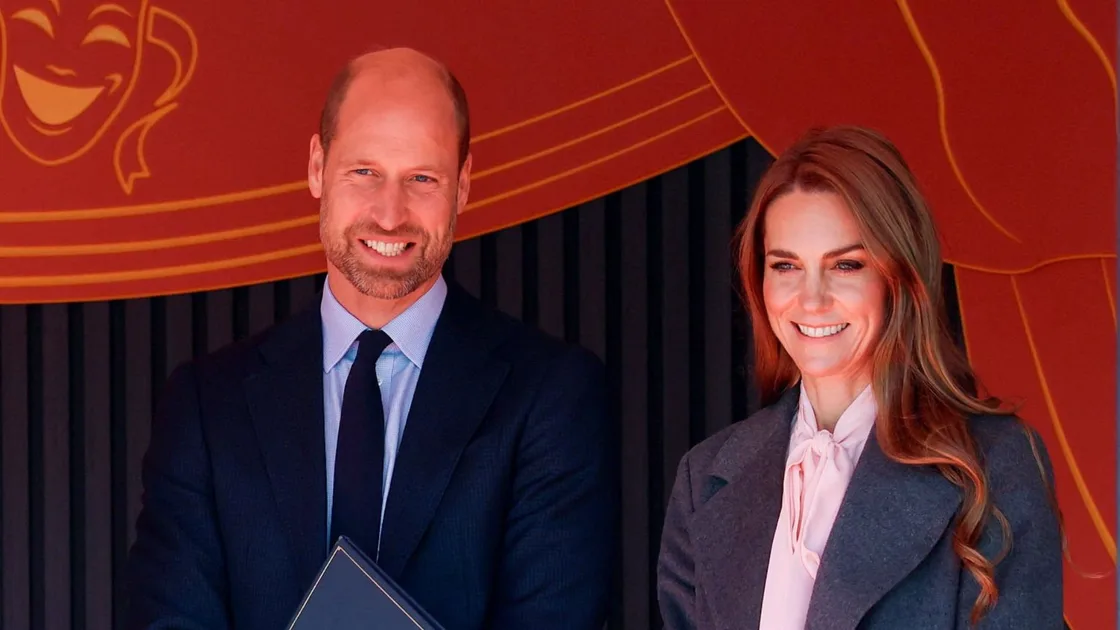They know they’re in a unique position that allows them to reach a global audience of millions. And the Prince and Princess of Wales are more determined than ever to use that incredible platform to have as significant an impact as possible – even if that means baring their emotions to the world.
In the latest example of one of the Waleses demonstrating they’re not afraid to show how much they care while using their powerful reach as a force for good, Prince William was in tears as he spoke to a woman who lost her husband to suicide.
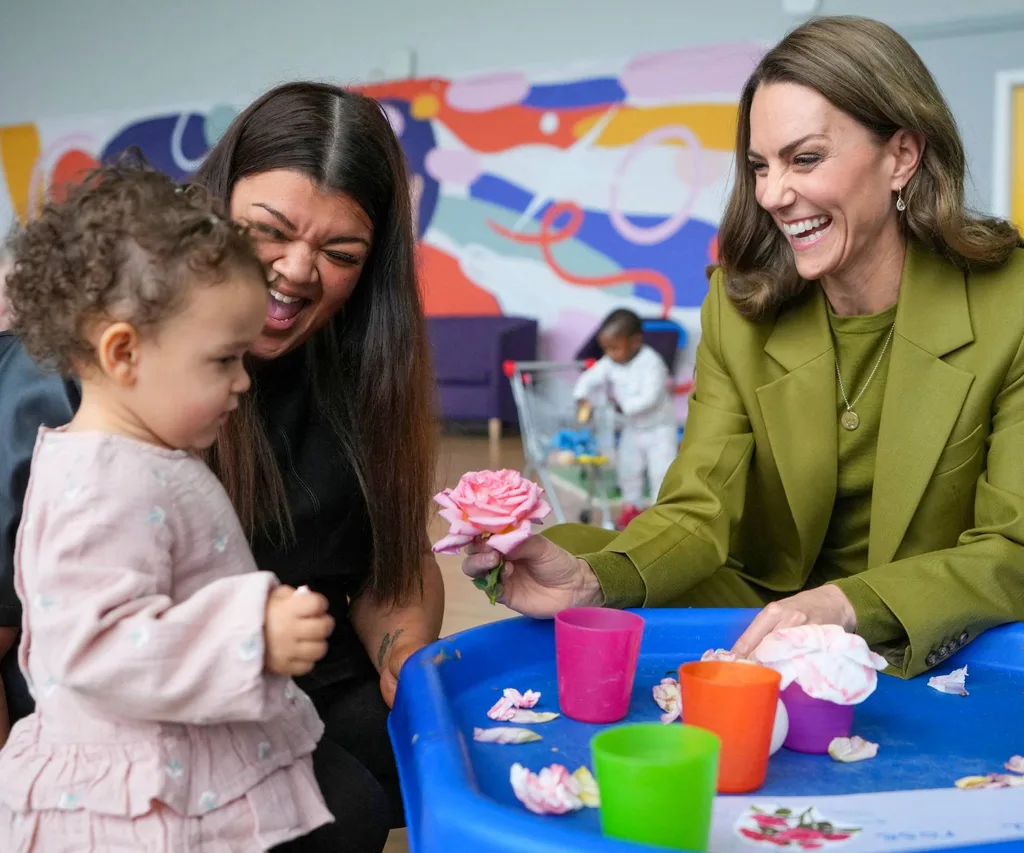
When compassion overcame composure
The heartbreaking conversation with Rhian Mannings appears in a film to mark World Mental Health Day and while William, 43, could have asked for that part to be cut out, he didn’t. The future king looked like he was crying as he listened to Rhian talk about her husband Paul taking his own life, just days after their one-year-old son died of pneumonia.
“Sorry, it’s hard to ask you questions,” he explained as he reached out to hold Rhian’s hand.
She asked him, “Are you okay?” and consoled him with, “You’ve experienced loss yourself,” referring to the death of his mother Princess Diana.
Choosing to show how moved he was by a topic often considered taboo is evidence of how keen William is to do things differently from previous generations of royalty, says royal correspondent Emily Ferguson.
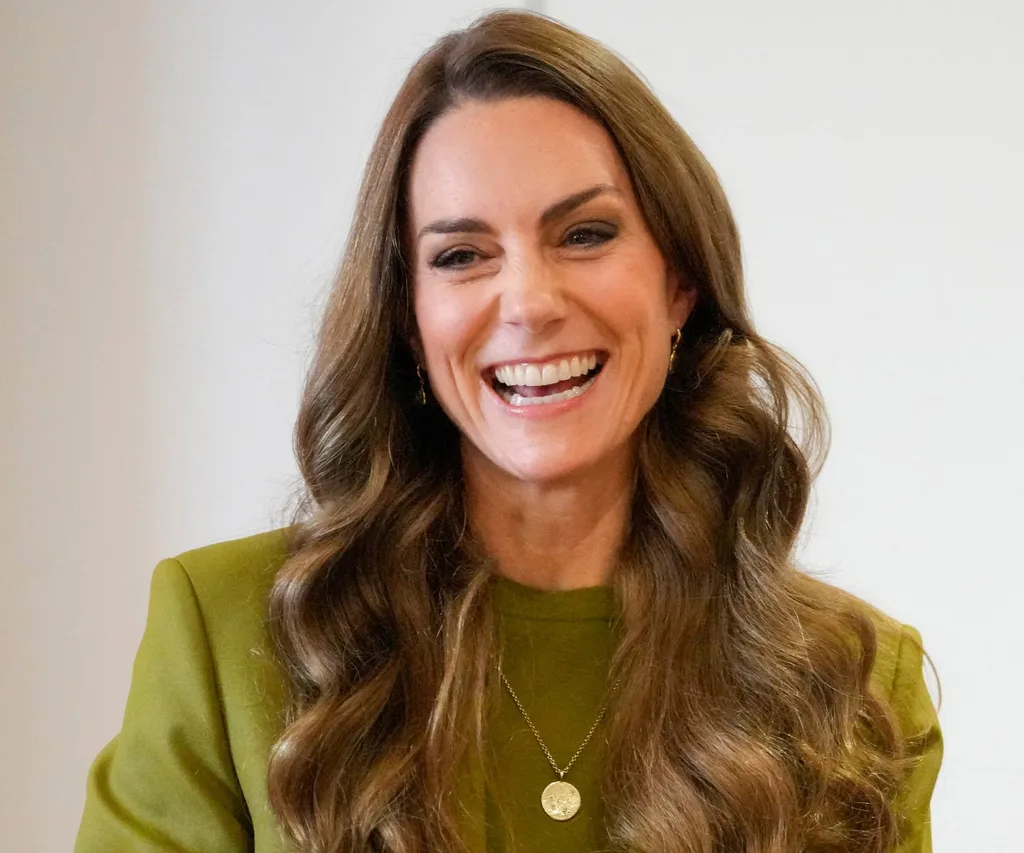 Kate is an advocate for families spending less time on screens.
Kate is an advocate for families spending less time on screens.
Turning pain into purpose
“William’s not afraid of the difficult conversations, and he wants to use his role to help others,” she tells.
“You can clearly see this is a prince who genuinely cares and wants to cut the number of UK suicides significantly.”
The fact that he didn’t hide how emotional he felt demonstrates – especially to boys and men who are more likely to take their own lives than women – that it’s okay to cry and talk about your feelings, says Emily.
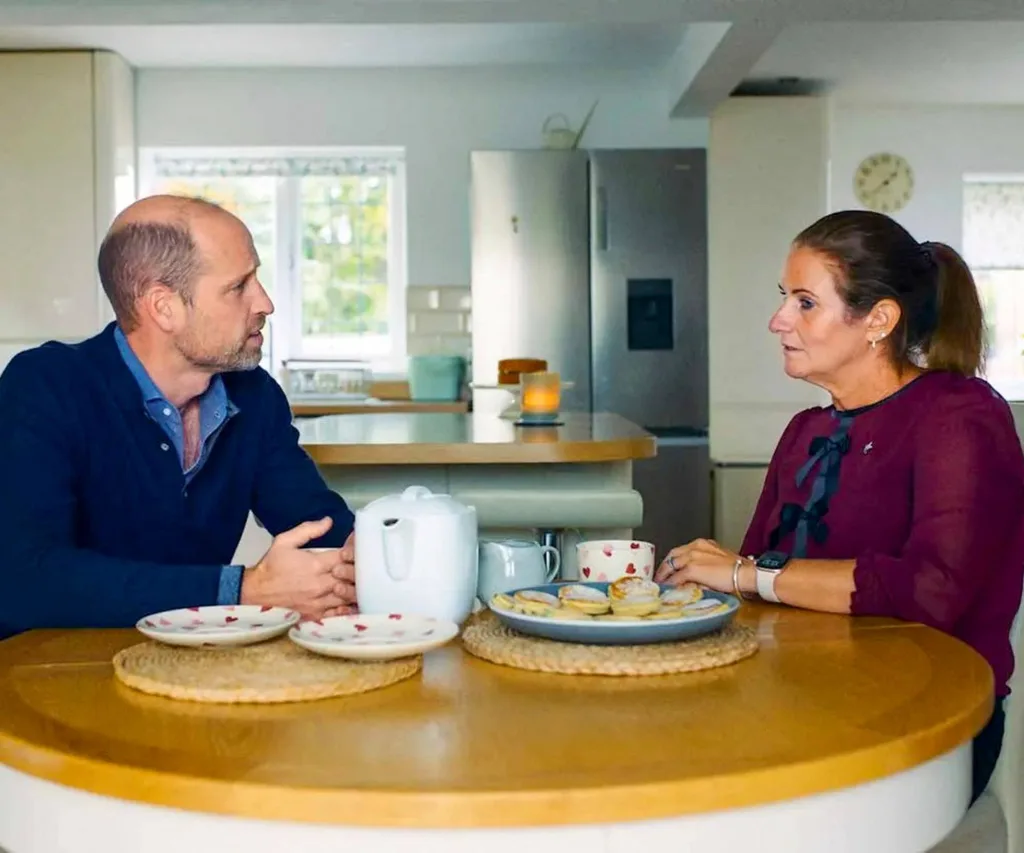
Finding strength in vulnerability
“These things aren’t a weakness and William helps prove that vulnerability can be a strength,” she admits.
Royal expert Tom Sykes agrees that prominent members of the royal family letting the public see how moved they are by tricky subjects not only raises more awareness of those topics, but also represents a significant shift in the way they have typically done things.
“It arguably offers clues as to how he will reign,” he says.
Just a few days before the video was released, William spoke in a TV interview with travel show presenter Eugene Levy about how “change for good” will be on his agenda when he becomes king.
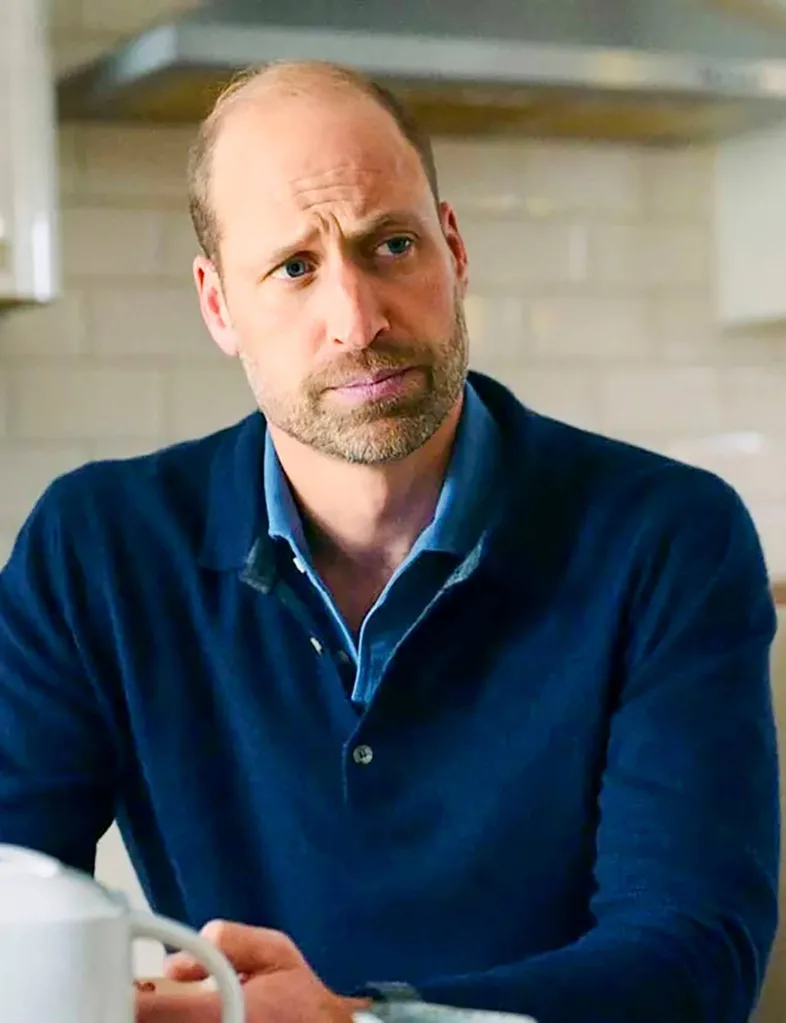 A tearful William exposed his vulnerability and humanity.
A tearful William exposed his vulnerability and humanity.
A father’s vision for a better world
“I want to create a world in which my son is proud of what we do, a world and a job that actually does impact people’s lives for the better,” the future king said.
His wife Kate feels the same, which is why she has been relentless in her support for the cause closest to her heart: early childhood development. She didn’t carry out public engagements while undergoing chemotherapy for cancer last year. Still, she kept on top of work for the Royal Foundation’s Centre for Early Childhood, an initiative she set up four years ago to carry out research into the critical first few years of a child’s life.
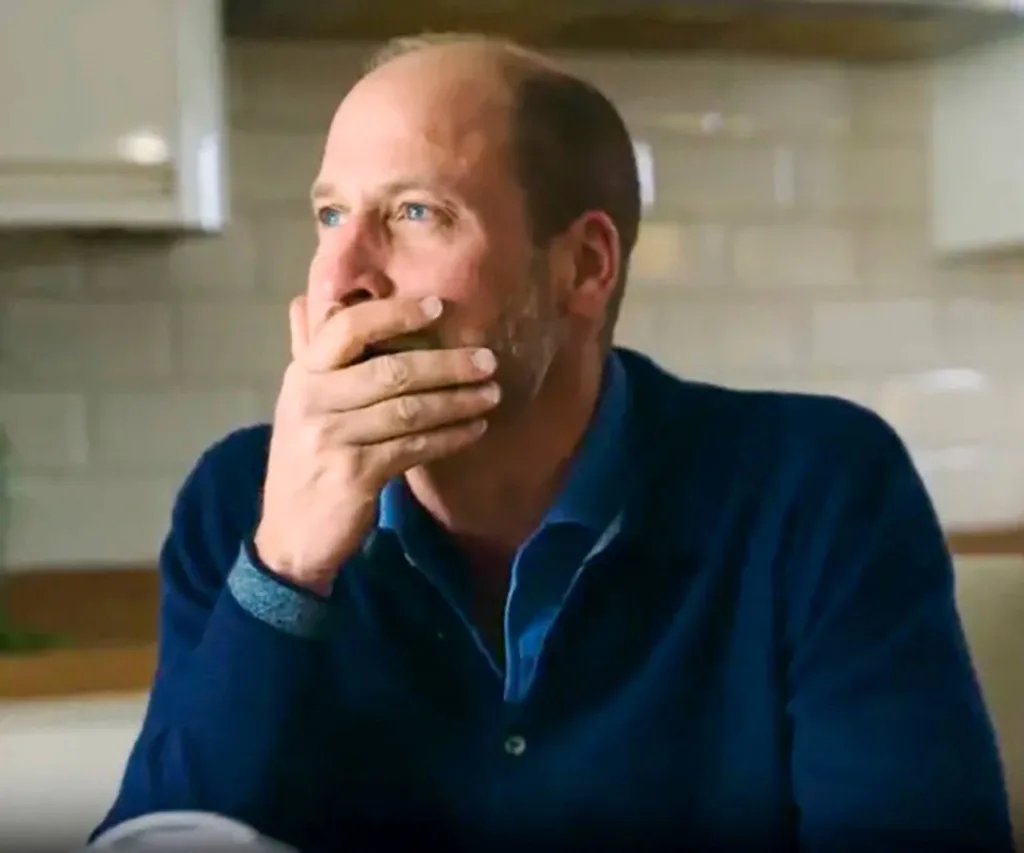
Championing childhood development
An essay she co-authored about the effects of excessive screen time was published two weeks ago, shortly before she made a surprise visit to a centre in Oxford that provides support for parents, with the aim of nurturing a more caring society.
Along with helping youngsters make plasticine cakes, Kate gave a speech in which she warned a lack of attention, due to both parents and their kids being engrossed in the internet, can undermine our ability to form crucial connections for children’s development.
Related
